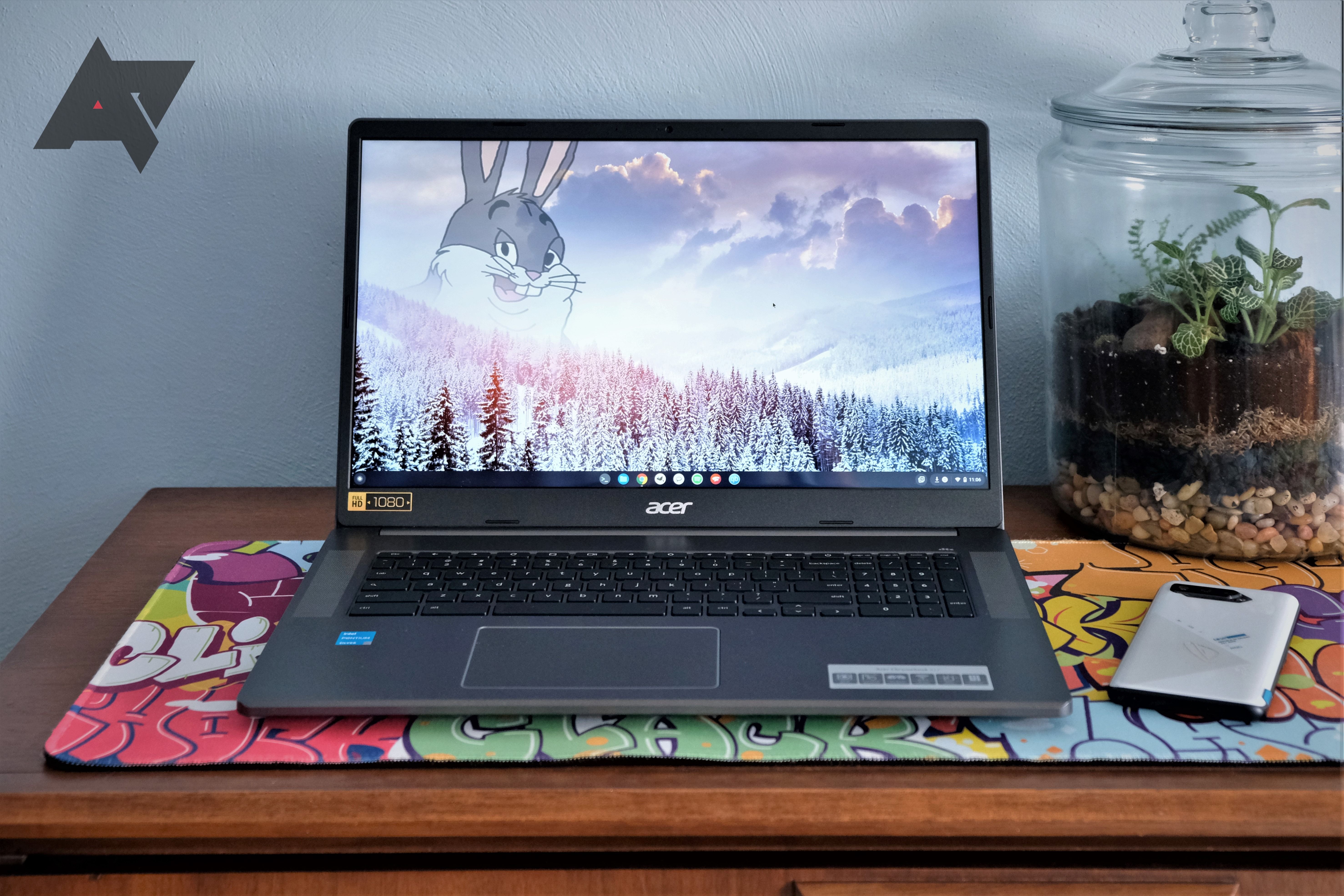One of the best features of the Google Nest Hub Max is how it can track your face during video calls, thanks to its ultra-wide camera. This allows you to freely roam around in front of the smart display when on a video call, as the device will automatically zoom into your face while you speak. This feature works entirely based on software as the Nest Hub Max houses a fixed-focus camera at the front. Now, it looks like Google could bring the same functionality to Chromebooks.
New commits found in the Chromium repository (via Chromeunboxed) point to "auto-framing" with face tracking and stream manipulation coming to future Chromebooks. While not explicitly mentioned, these commits refer to face tracking during video calls. A flag for this option is already present in the canary channel of Chrome OS 99, but it does not work for now. Nonetheless, it does confirm that Google intends to improve the video calling experience on Chromebooks by adding face tracking support.
The feature is likely to make its way to only select Chromebooks featuring a 1080p resolution front camera and a powerful internal GPU. The commits suggest that internally face tracking is being tested on a device codenamed 'Brya,' the baseboard for future 12th-gen Alder Lake Chromebooks.
While face tracking during video calls first debuted on the Nest Hub Max, it has since made its way to smart displays from Amazon as well. The feature relies on a combination of hardware and software — it seems to require an ultra-wide camera that typically has a wider field of view along with some software magic in the backend. Thus, it is possible that face tracking for video calls could only be available on future Chromebooks that launch with an upgraded ultra-wide webcam and more powerful CPUs.

